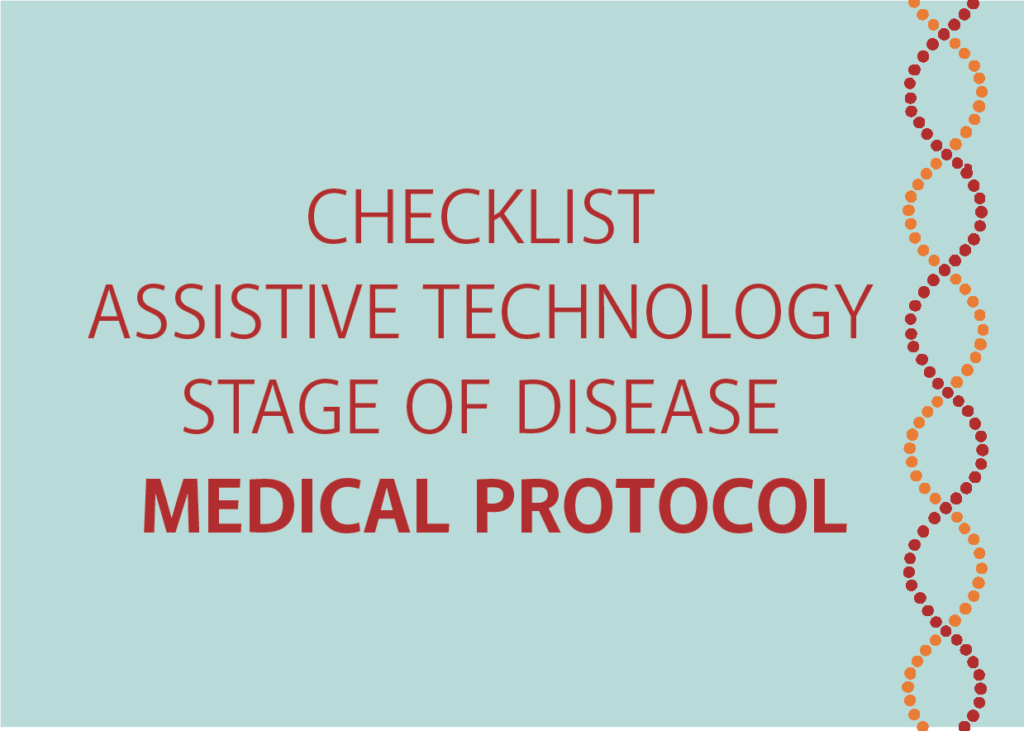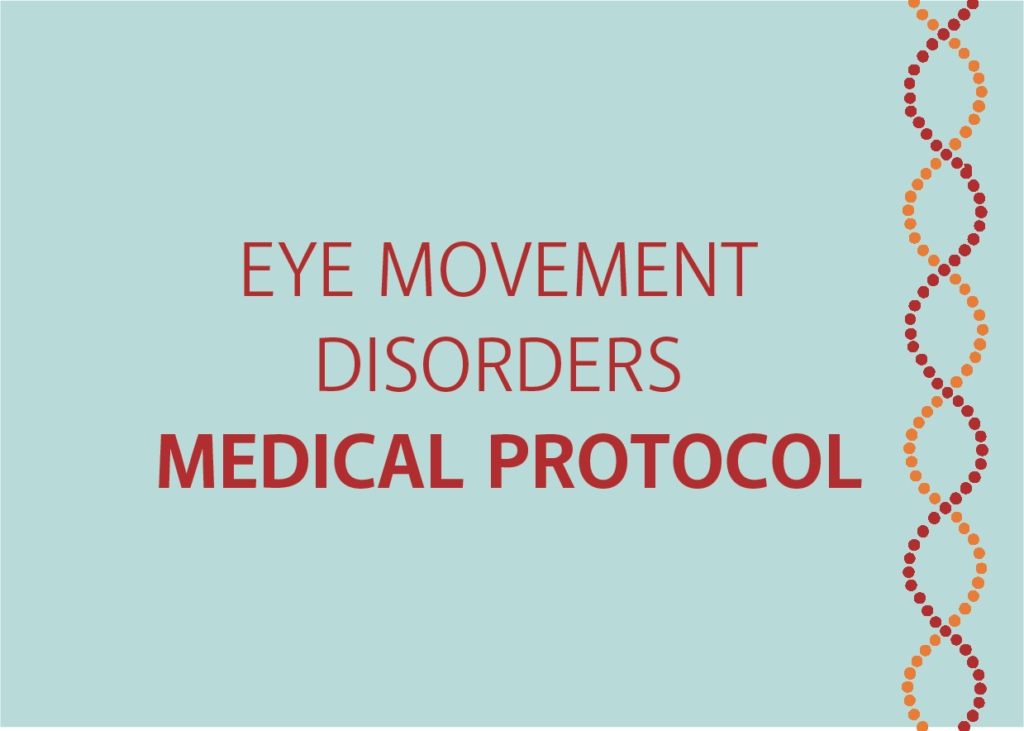Therapy per Stage of Disease

Neurological physiotherapy promotes movement and quality of life in patients who have had severe brain or spinal cord damage from trauma, or who suffer from neurological diseases such as Machado-Joseph Disease, stroke, Parkinson’s Disease and Multiple Sclerosis. The MJD Foundation conducts a program of regular strengthening and conditioning exercises, conducted ‘on country’ and using gym equipment, as well as individual home programs under the umbrella of its ‘staying stronger for longer’ therapy program.
This medical protocol outlines the MJDF’s physiotherapy program per stage of the disease.
Pressure Injury

As Machado-Joseph Disease (MJD) progresses, the ataxia makes it difficult to walk, rendering the person progressively less mobile until they are wheelchair bound. The less mobile or immobile person is more prone to skin issues, including pressure injury (ulcer) (Keyes). Other MJD associated symptoms, such as incontinence, compromised nutrition, and pain, further increase the pressure injury risk. This medical protocol outlines the symptoms associated with pressure injuries and their prevalence, assessment and treatment.
Sleep Disturbance

The most common sleep disorders experienced by people with Machado-Joseph Disease (MJD) are rapid eye movement disorder (REM) restless legs syndrome (RLS), periodic limb movements of sleep (PLMS), REM sleep behaviour disorder (RBD), excessive daytime sleepiness (EDS) obstructive sleep apnoea (OSA) and insomnia. (D’Abreau et al 2008). Nocturnal awakenings and nightmares have also been reported (Fututake et al, 2002). Excessive Fragmentary Myoclonus (EFM) is also known to be highly prevalent in people with MJD and impacts on sleep quality (Fernandes dos Santos, 2014). This medical protocol outlines these symptoms and their prevalence, assessment and treatment.
Oral Health

As patients living with Machado-Joseph Disease (MJD) become progressively less capable of self-care and other care needs take priority for carers, oral hygiene can often be neglected as it may not appear to require high prioritisation at first glance. However, the maintenance of good oral hygiene is fundamental for patients affected by neurological disease. This medical protocol outlines some of the common symptoms related to oral hygiene, experienced by people living with MJD, as well as associated treatment strategies.
Pain, Muscle Cramps, Spasticity and Tremor

The most commonly reported symptom of the neurodegenerative disease Machado-Joseph Disease (MJD) is impaired mobility (experienced by 80.3% of MJD patients, Schmitz-Hubsch et al., 2010). Nevertheless, other symptoms such as pain, spasticity and tremor are also frequently reported by MJD patients and cause patients a large amount of inconvenience, discomfort and disability. This medical protocol outlines these symptoms and their prevalence, assessment and treatment.
Urinary Continence Promotion and Care

Machado-Joseph Disease (MJD) is characterised by a constellation of symptoms, which extend from ataxia and pain through to eye movement disorders, sleep disturbance, and bowel and bladder dysfunction (MJDF, 2016). Coordination of muscles, including urinary system muscles, is a major function of the cerebellum (Knierim, 1997). This medical protocol outlines the symptoms of urinary continence and their associated prevalence, assessment and treatment.
Bowel Care

Many long term neurodegenerative conditions, such as Machado-Joseph disease (MJD) develop neurogenic bowel dysfunction resulting from the loss of normal sensory and/or motor control. This can result in faecal incontinence, and constipation and may encompass both the upper and lower gastrointestinal (GI) tract (Poggio, 2016). This medical protocol outlines the symptoms of bowel dysfunction and their prevalence, assessment and treatment.
Checklist: Assistive Technology per Stage of Disease

This table provides a checklist of the main types of technology to be considered per stages of Machado-Joseph Disease (MJD) (mild, moderate and severe).
Assistive Technology (Equipment) per Stage of Disease

Assistive technology is unable to be generically prescribed at a particular stage of Machado-Joseph Disease (MJD), as deterioration from MJD is not a linear or predictable experience (refer to Section 1). Rather, it is a dynamic and reflective process involving the person, their environment and the tasks at hand. Each person is affected differently and has their own unique set of skills and circumstances. This medical protocol outlines some of the key considerations of assistive technology in relation to disease progression/stage of the disease (mild, moderate and severe).
Eye Movement Disorders

In patients with Machado-Joseph Disease (MJD), neurodegeneration within the cerebellum and brainstem, including the vestibular nuclei, commonly results in ocular disturbances, such as nystagmus, vestibulo-ocular arreflexia, smooth pursuit and saccadic abnormalities and diplopia (Rub, 2004; Sequeiros and Coutinho, 1993). This medical protocol outlines these symptoms and their prevalence, assessment and treatment.

